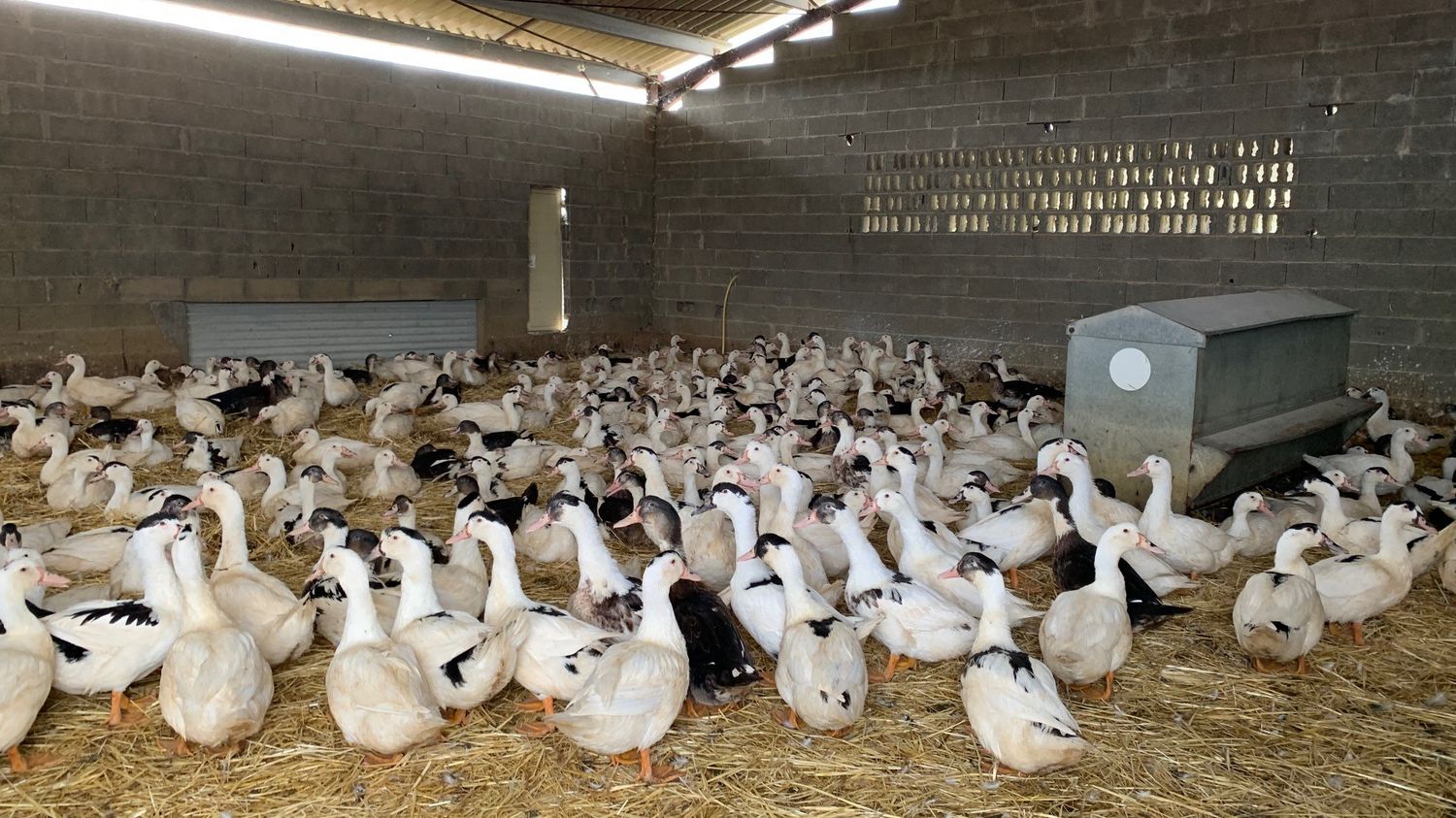The World Health Organization (WHO) is concerned about the increase in cases of avian flu in mammals and fears that the virus will spread more easily to humans
The mammals affected by avian flu are essentially predators of wild birds: foxes, weasels, raccoons for example, but also marine mammals such as certain sea lions. They become contaminated, not by the digestive tract, but by the respiratory tract when they attack sick prey. The problem is that this creates new reservoirs, but mutations have been observed when the virus passes from birds to mammals.
They have had no consequences so far, but WHO experts fear that this virus, which has adaptive capacities, will end up contaminating the human species more easily by passing through mammals, because these animals are biologically closer. of us than the birds.
In the press release published on Wednesday July 12, the WHO is also concerned about the fact that episodes of avian flu are no longer really seasonal. Initially it was a winter virus, brought by migratory birds. But there are now more and more indigenous homes around the world.
Mandatory vaccination of ducks
In France last summer, the epidemic had not stopped because sedentary wild birds (ducks, gulls, gannets) had maintained the virus on the territory. Same thing this year, we are in July, and the avian flu is still there: 17,000 turkeys were slaughtered at the beginning of this month in a farm in Pas-de-Calais and two outbreaks of contamination were confirmed in the Landes. This is why France has taken the decision to vaccinate all ducks on a compulsory basis from October. 80 million doses of vaccines will be ordered from the German laboratory Boehringer Ingelheim.
Only ducks will be vaccinated because they play a greater role in the epidemic dynamics, explained Jean-Luc Guérin, professor at the National Veterinary School of Toulouse. They spread the virus more easily than hens because they excrete it more. The idea is therefore to vaccinate them all with two doses. A measure eagerly awaited by breeders, because ten million poultry have already had to be slaughtered during this 2022-2023 season.
